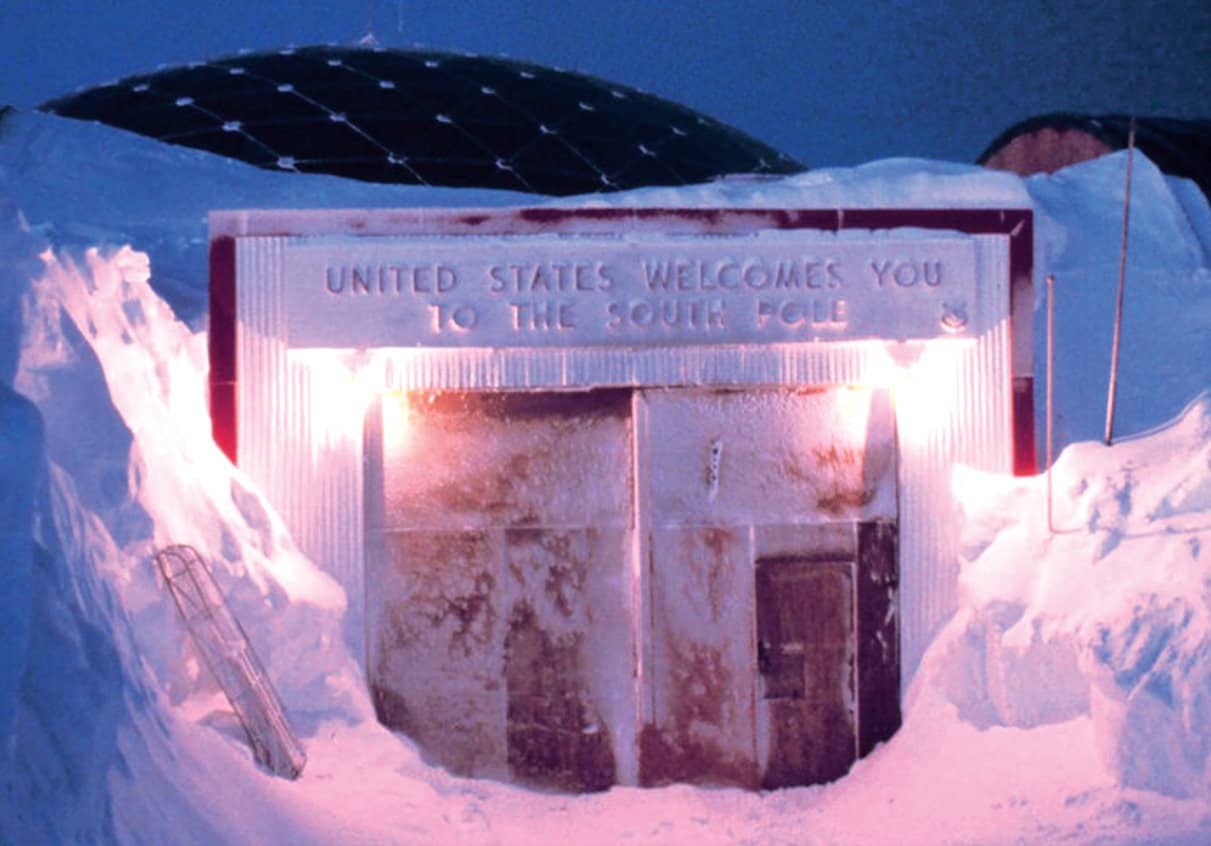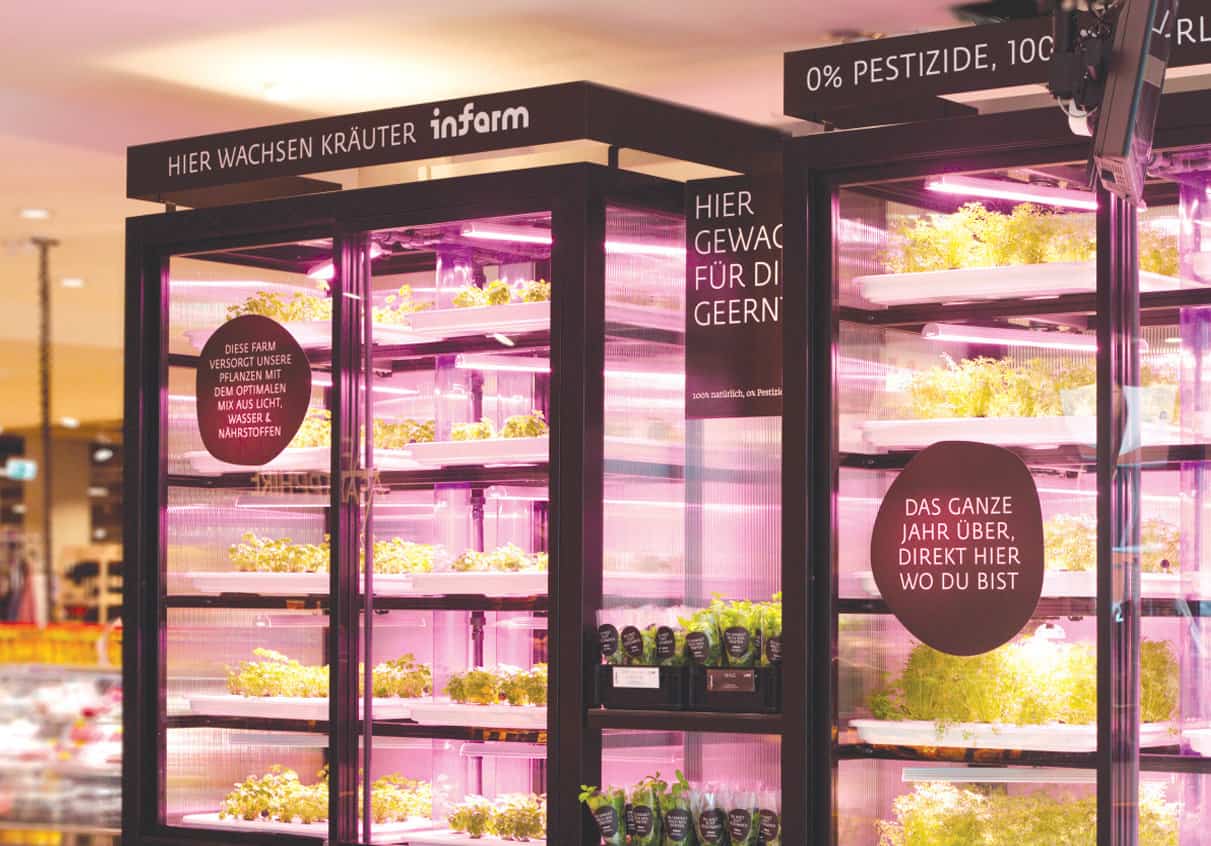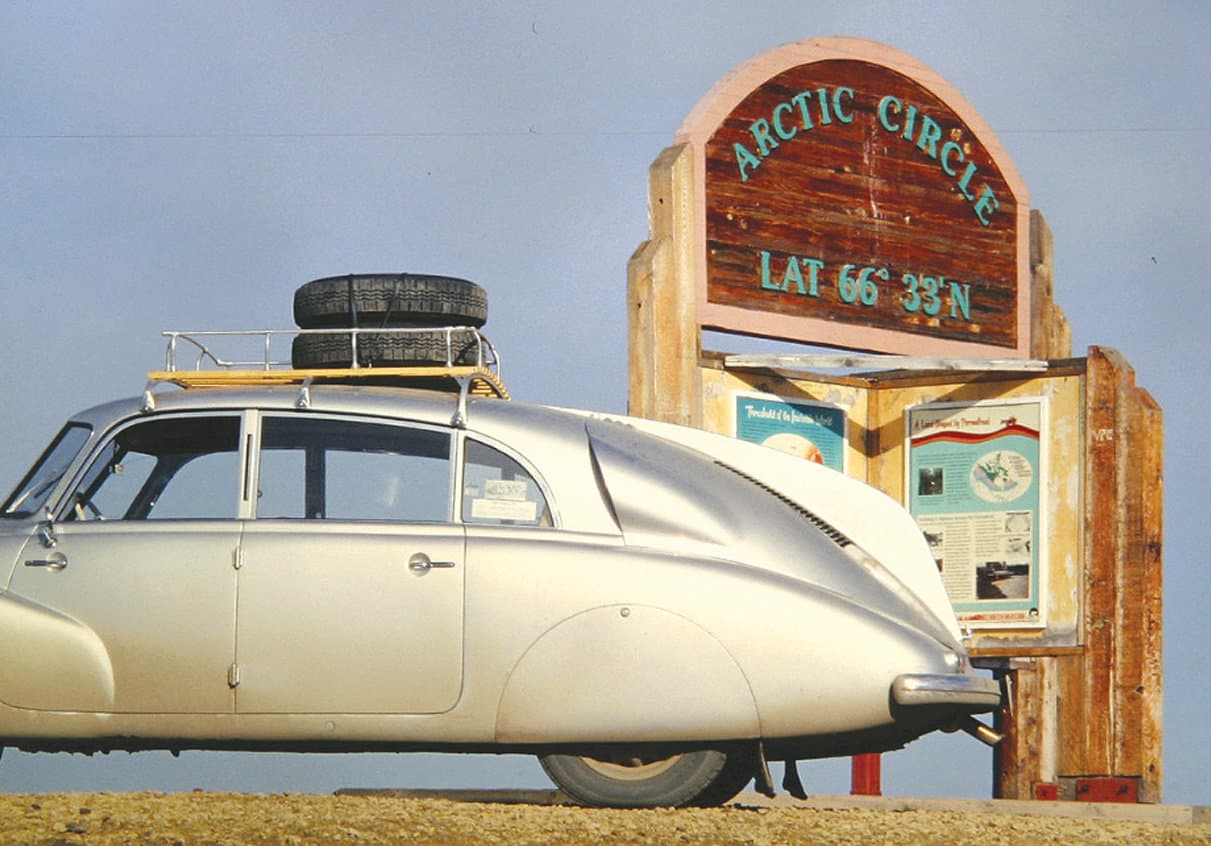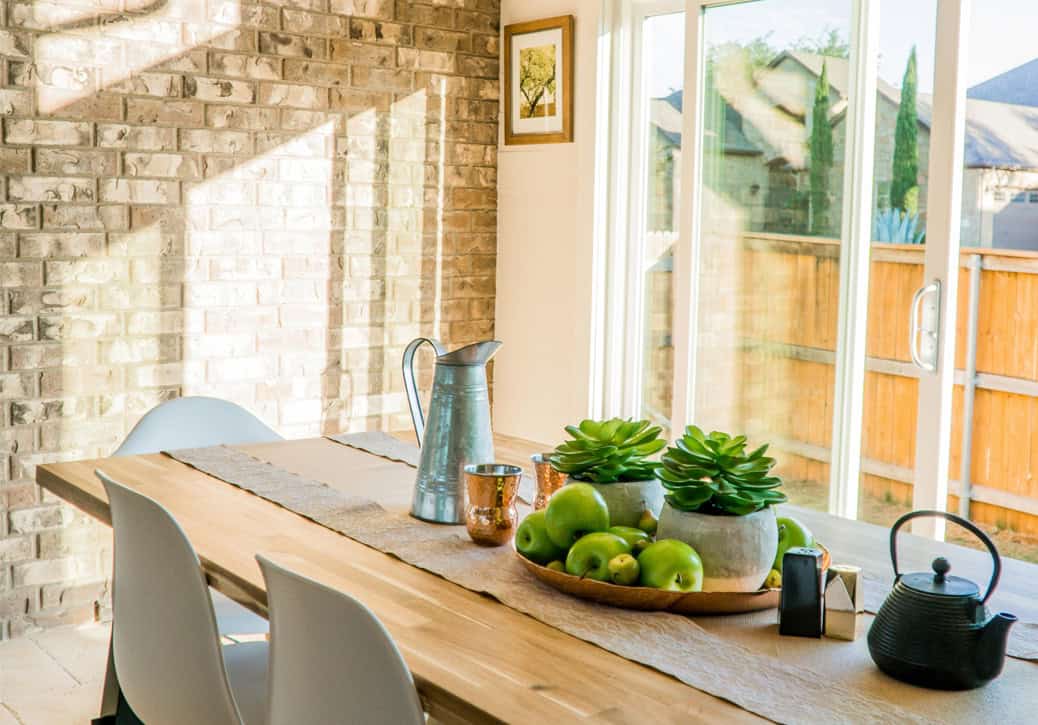A “vertical farming” network
Infarm, the vertical farming company that has built a network of urban farms to grow fresh food closer to consumers, has just raised $170 million in new investment.
With operations across 10 countries and 30 cities worldwide, Infarm harvests more than 500,000 plants monthly, and in a more sustainable way than traditional farming and supply chains. Its modular, IoT-powered vertical farming units claim to use 99.5% less space than soil-based agriculture, 95 per cent less water, 90 per cent less transport and zero chemical pesticides. In addition, 90% of electricity used is from renewable energy. They have zero emission production as a target next year.
Founded in 2013 by Osnat Michaeli, and brothers Erez and Guy Galonska, Infarm’s “indoor vertical farming” system grows herbs, lettuce and other vegetables. It then places these modular farms in customer-facing city locations, such as grocery stores, restaurants, shopping malls and schools. The end-customer actually picks the produce themselves.
“Behind our farms is a robust hardware and software platform for precision farming,” explained Michaeli. “Each farming unit is its own individual ecosystem, creating the exact environment plants need to flourish. We are able to develop growing recipes that tailor the light spectrums, temperature, pH and nutrients to ensure the maximum natural expression of each plant in terms of flavor, colour and nutritional quality.”
Three oceans, two Tatras, one trip
Twenty years ago, a traveler headed north on the Dempster Highway in the Yukon was shocked to stumble over an alien craft. The vehicle gleamed silver against the sparse greenery of an Arctic summer landscape, finned and louvered and looking like it had just landed amid a plume of rocket exhaust. But it was not a UFO. It was a 1947 Tatra T87, partway through a journey of more than 10,000 miles. If we’re honest, aliens would be a less crazy story.
At the wheel sat John Long, and beside him was his childhood friend Gary Cullen. Neither man spoke a word of Czech, beyond being able to ask for an ice cream or a beer, but each graduated from a childhood obsession with Citroëns to a mania for the Czechoslovakian Tatra.
Though the two men drove a pair of T87s to the Yukon, this day they shared driving duties in Long’s, accepting the inevitability of a roadside repair. Their goal? To dip the front wheels of Long’s T87 in the Arctic Ocean, baptizing the car in the last of a salty trinity. This car had already touched rubber to brine in the Atlantic and the Pacific.
Their trip took them from Boston to Vancouver, up to Inuvik approximately 60 miles from the Arctic Ocean—and back again
Their trek across the vast, remote Yukon left a strong impression on Cullen. “Driving the Dempster Highway was a real highlight,” he says. “You just feel how alone you are up there.”

Bartending in Antarctica
Explorers have always packed booze. Ferdinand Magellan never set sail without wine and sherry. During the Heroic Age of Antarctic Exploration, Sir Ernest Shackleton stocked his ships with whisky to fight off the cold and to help sailors endure voyages that could last more than three years.
Just as it was with Antarctica’s first visitors, so it is with its current residents. Every year, thousands of scientists, researchers, station staff, and even artists descend on Antarctica’s 45 research bases at the end of the world to live and work. But those thousands winnow down to a persistent and hardy several hundred during the six nearly-sunless winter months.
Club 90 South was one of the many bars that serviced these Antarctic research stations. After stepping inside from temps that reached -100 degrees Fahrenheit, Club 90 South felt like my portal back to the real world. Constructed by the Navy “Seabees” Construction Crew out of building and shipping scraps, the cozy space had the warm, smoky atmosphere of harbour-side barrooms, with chairs, couches, and a classic wooden bar scattered around a low-ceilinged room.
No one owned Club 90 South, and no one paid. Instead, people shared supplies they brought from home (as part of the allocated 125 pounds of luggage per person) or bought from the station store. Bartenders did not earn salaries—only kudos.
The best (and worst) part? There was no official last call.














